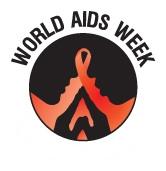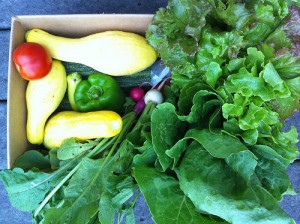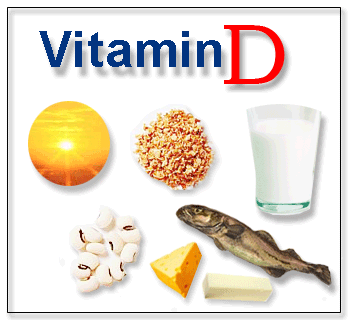Happy Thanksgiving everyone! Last week we aired a segment about the traditions of Thanksgiving but offered unique twists to the traditional foods usually served on a Thanksgiving menu. If you missed it no problem as the segment can be heard here, for Oct. 1.
The Second Monday in October marks Canadian Thanksgiving Day.
In Canada, the feasting expresses heartfelt gratitude for a good harvest and a good life. The roots of the festivities go back to Roman harvest celebrations and take a bit from French, English and other more modern food fests.
It can be celebrated for 1 day or up to three days over the weekend. The turkey is usually basted or other traditional foods are prepared and the harvest is celebrated according to time-honored traditions.
But here are a few modern twists to Thanksgiving favourites (and this is my personal menu for my dinner with family this year…hope it turns out!) The recipe links are highlighted:
- Citrus Turkey (~12 pounds)
- White Wine Gravy
- Caramelized Brussel Sprouts with Pecans and Bacon
- Sweet Potato Mash Potatoes
- Cranberry Sauce with a Twist
- Cornbread, Leek, Bacon and Pecan Stuffing. To make the cornbread you need this recipe.
- Elegant Dinner Rolls
- Pumpkin Pie Ice Cream
Adendum:
- Ice cream: I found Pumpkin Pie Ice Cream at Save on Foods for only $6.99 on sale. I tasted it last night and it was perfect with candied pecans in it. However, aside from the posted recipe, you could try making an express version by heating up pureed canned pumpkin in a bit of cream. Cool it a bit then puree or swirl it in to regular vanilla ice cream and refreeze. Top it with caramel drizzle, graham cracker crumbles and toasted walnuts or pecans with whip cream too!
- Rolls: Just an FYI that this year I won’t be making the rolls because it’s just a party of three but I will have a piece of plain cornbread if needed.
- Cranberry sauce: Here’s a recipe for Classic Cranberry Sauce as it may be nice to have one familiar thing on the menu.
- Mash potato. Here is another neat and healthy recipe I found for mash potatoes with a twist.
Here are some things you can do with leftovers:
- Make mini or a large Turkey pot pie. To make a quick version buy pre-made pie shells. Easy to freeze for later.
- Make turkey and vegetable soup or use the bones to make a quick broth and freeze for later.
- Make a turkey sandwich with leftover meat or in a wrap, and why not add cranberry sauce to add flavour and skip the fattening mayo. Try making mini turkey sliders with leftover dinner rolls.
- For the mash potatoes, you could make hashbrowns for breakfast or make a Turkey Shepherds pie with brussel sprouts, the meat and mash for the topping.
It’s important to know that turkey only lasts in the fridge for 2-3 days, so freeze if you can early on.
That’s all for now, but let us know what you think about these recipes and ideas or if you’ve tried them. Of course, if you have any questions, please let us know.
I will update with pictures and comments after dinner. Once again, Happy Thanksgiving everybody!








